BHP’s green-aligned sabotage of the Mineral Council of Australia’s battle to save the Australian coal industry cannot be explained simply by the self-serving ‘virtue signalling’ that has infected so many Australian company directors. At least AGL stood to benefit from the higher energy prices generated by its anti-coal actions. But BHP struggles to find a sound commercial reason for promoting climate change policies that are strongly negative for its $US10 billion of coal assets and damaging to the national interest. On top of the usual guff about being a good corporate citizen, all it has come up with is ‘BHP’s sustained growth is not possible without an effective response to climate change…We produce fossil fuels…(whose) related emissions are a significant source of greenhouse gases contributing to climate change…(which) is a strategic priority for us’.
BHP objected to MCA’s strong political pressure and public campaigns (like TV ads promoting High-Efficiency/Low-Emissions generators overseas, fired by our coal) that have been successful in getting the reluctant Turnbull government to consider local HELE generation as a solution to the energy crisis and to prioritise ‘reliability and dispatchability’ ahead of the Finkel report’s proposed carbon emissions reduction through an absurdly high Clean Energy Target. But this directly contradicts BHP’s Holy Writ that until Carbon Capture and Storage (CCS) is economic, coal is a no-no. This conflicts with the first step of the IEA’s two-step approach that involves improving thermal electricity generation efficiency from its current average of 35 per cent to over 42 per cent and so minimising emissions. This alone, says the IEA, could deliver about the same CO2 emission cuts by 2050 as solar and wind combined. For step two, CCS is the only capable technology; BHP considers it as a ‘plausible option…it’s proven and it works’, but BHP’s refusal to support HELE here and now even though an economic CCS could emerge during the six year generator-building lead time, looks like an anti-coal agenda.
BHP’s successful bullying, after months of undermining, resulted in this month’s departure of the MCA’s CEO Brendan Pearson. This brought to a head the huge divide between those who prioritise reliable energy supply and price during the move to lower greenhouse gas emissions and those, like the green Left, for whom cutting emissions is paramount, whatever the burden imposed on industry and households – as in chaotic South Australia. BHP’s unctuous issue-avoiding statement ‘We do not prioritise between limiting climate change at the lower end of the IPCC emissions scenario while providing access to reliable and affordable energy’ was extraordinary in the context of the multi-million dollar losses BHP suffered at Olympic Dam when SA’s rush into renewables caused chaos and forced BHP to make its own costly power supply arrangements. Corporate Oz showed its customary lack of backbone when Pearson’s sacking was followed by a concerted call from industry groups and major consumers to support a bad but ‘bipartisan’ CET for fear of getting a worse one when Labor returns to power. ‘I’d rather have a political solution than trying for a perfect one’, said a major aluminium smelter, as universal corporate cries for ‘bipartisanship’ were entirely aimed at the government, rather than the bloody-minded Labor leaders who can’t even agree with the Paris Agreement levels adopted by the Coalition and whose intransigence, whatever the government does, creates the market-destroying uncertainty that corporates want resolved at any price.
At next month’s AGM, shareholders will get the chance to query BHP’s self-flagellation; coal is still big business, with sales of $US7.6 billion, of which $1.4 billion came from steaming coal that BHP says still faces ‘modest growth in exports as 80 per cent of the world’s growing total energy needs will still come from non-renewables by 2040’. And BHP has not indicated what the anticipated cost to shareholders (like me) will be of its stated target to limit BHP’s own 2022 emissions at or below their ‘17 level, or its target of net zero operational emissions by 2050 that, it says, ‘Will require a firm commitment from leadership’. The green tail is wagging the Big Australian mining dog.
Got something to add? Join the discussion and comment below.
Get 10 issues for just $10
Subscribe to The Spectator Australia today for the next 10 magazine issues, plus full online access, for just $10.
You might disagree with half of it, but you’ll enjoy reading all of it. Try your first month for free, then just $2 a week for the remainder of your first year.

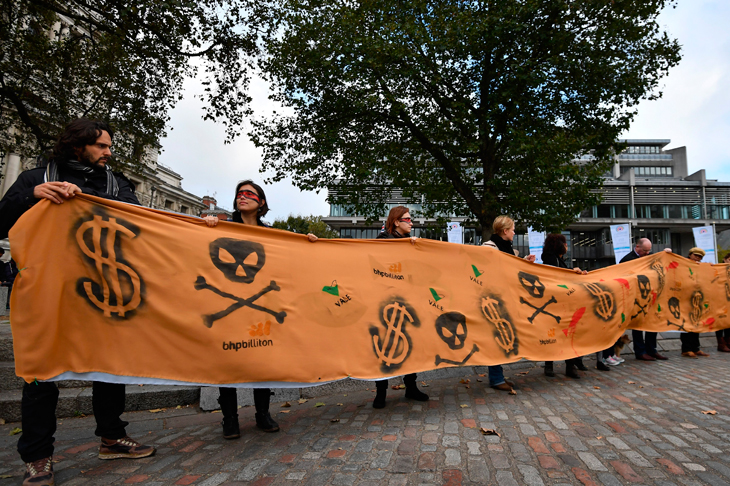
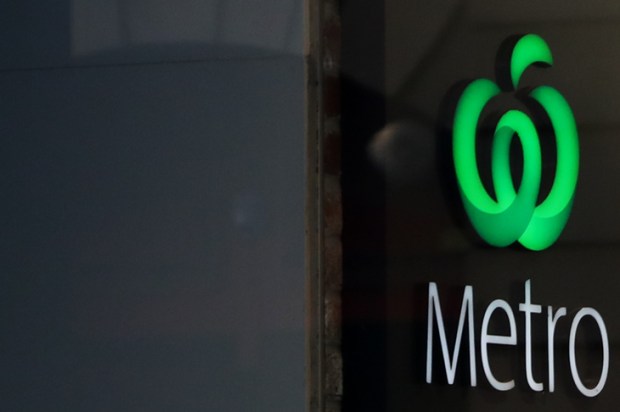
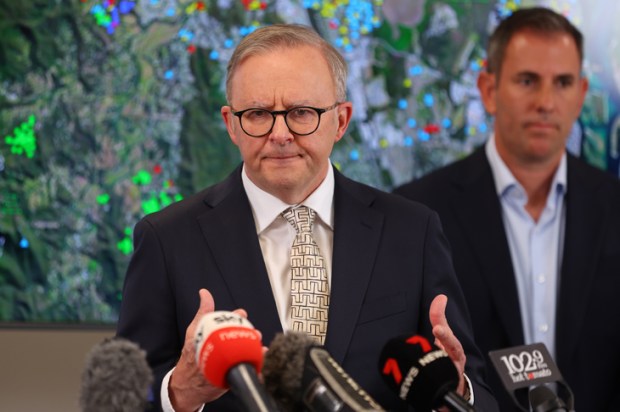
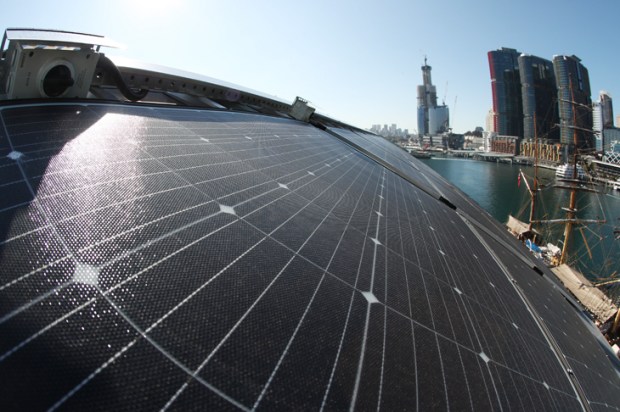

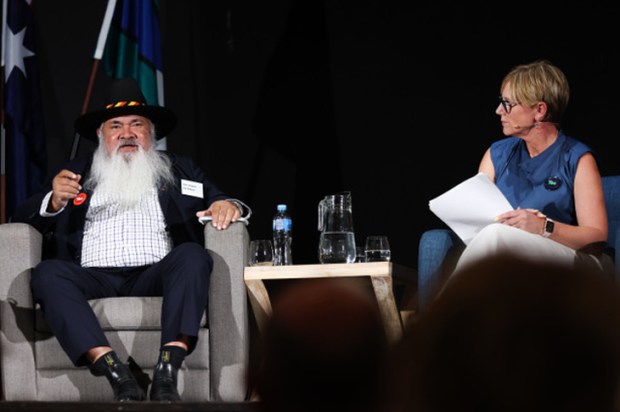
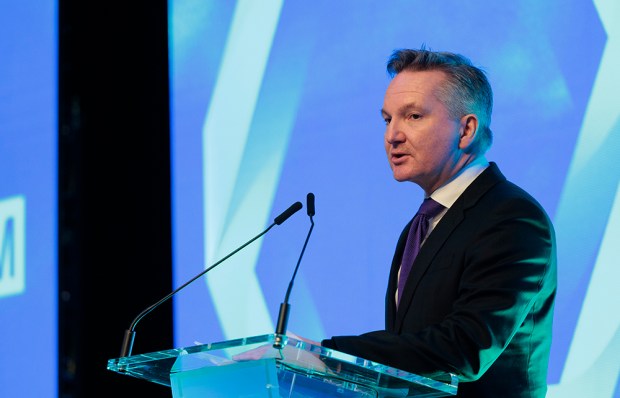






Comments
Don't miss out
Join the conversation with other Spectator Australia readers. Subscribe to leave a comment.
SUBSCRIBEAlready a subscriber? Log in